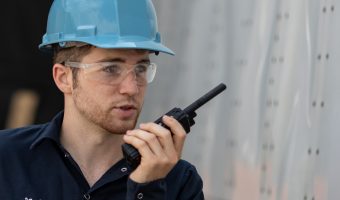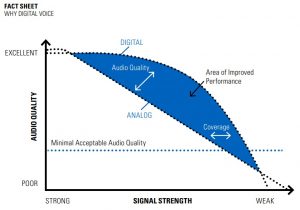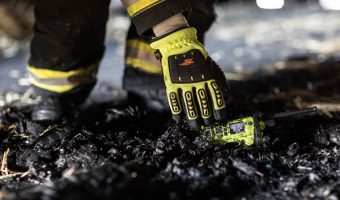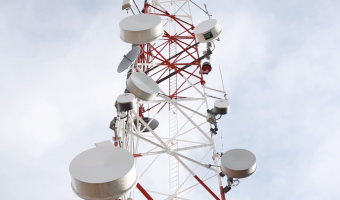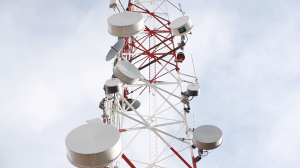Author: April Pena
Why are Digital Two-Way Radios Better than Analog?
As technology advances, Motorola Two way radios have moved from analog to digital. Some legislators are even mandating that no new two-way radios can be certified unless they have digital capability. So what makes digital better than analog?
Advantages of digital two-way radios:
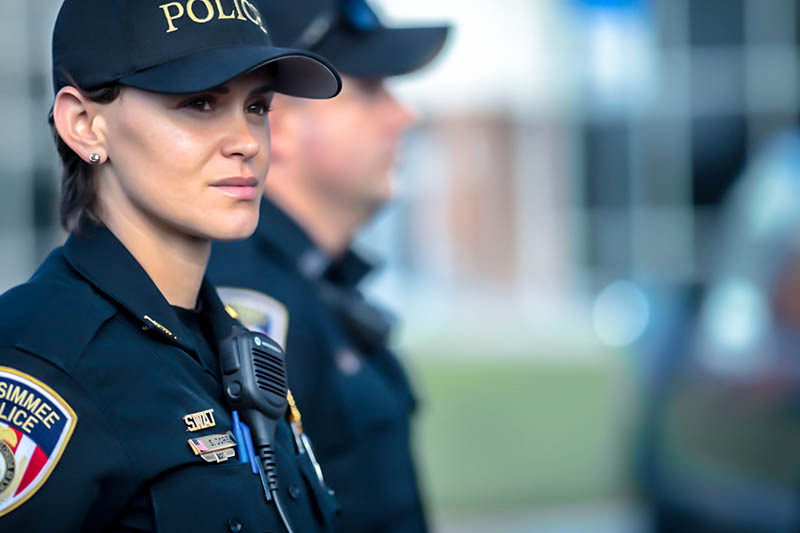
- Better voice quality
- With analog, every sound that’s picked up the microphone is transmitted. Digital technology software instead focuses purely on your voice. This means voice quality on the other end is much clearer.
-
Better capacity
- Digital radios are able to handle much more than analog. A digital radio is able to receive double the calls from every channel. Digital is so bandwidth-efficient that it can accommodate two completely separate “channels” into one.
-
Better coverage
- Your voice stays strong and clear everywhere you receive coverage. Conversely, a voice on an analog radio would be garbled by static as it reaches the ends of your coverage. Digital radios also have a built-in error correction to eliminate static and make sure voice calls are heard clearly over a greater range.
-
Better battery life
- With a digital two-way radio, you can communicate longer on a single charge. While both analog and digital radios consume about the same power in standby mode, once you start transmitting, digital radios are more efficient. Frequent and heavy users who depend on their radios to last the entire shift will appreciate digital technology software. Batteries last up to 40% longer when you use a digital radio.
Extending the Life of Your Two-Way Radios
Although two way radios are great products, they can be a large investment initially. Our Two-way radios are tough and durable, and with proper care and maintenance they can last you a very long time. To get the most out of your investment, use the tips we have listed below for extending the life of your two way radio!
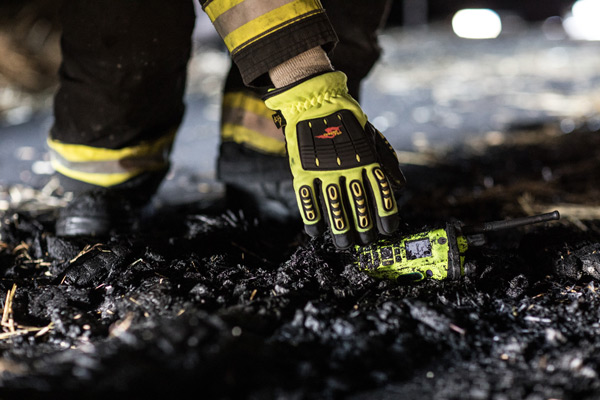
Proper Care:
- Take proper care of your radio by grabbing it by the body as opposed to the antenna.
- Avoid dropping your radio by using accessories such as a belt clip or a protective case to keep it in its place. Though our radios are very durable, limiting the amount of times they are dropped will ultimately help extend its life!
Maintenance
- Replace parts on your radio such as the antenna and the battery as they are needed.
- Read and follow the specific charging instructions for your two way radio.
- Keep your radio turned off while it’s charging. If you keep it on, your radio will be drawing current and charging at the same time. This can end up shortening the lifespan of the battery.
- Avoid over charging your batteries by unpluging them when they are fully charged.
Cleaning
- Wipe down the surface of the radio with a soft microfibre cloth. Only use a very little amount of water on the cloth if needed.
- Never immerse your two-way radio in water to clean it.
- Strong chemicals are not necessary.
Storage
- The ideal environment for storing your radio in is a dry and room temperature place.
- Limit exposure to extreme weather conditions; excessive cold or heat. This will prevent damage to the batteries as moisture could corrode them over time.
- When storing your two-way radios, make sure it’s turned off and batteries are removed.
Two-way radios are one of the most durable communication solutions. Extending the life of your two way radio and furthering your investment is easy if you take the steps to care for them properly. The better you care for your radio, the longer you will have reliable communications, and the larger you return on your investment will be.
VHF or UHF? Which frequency is better for my workplace?
One of the most commonly asked questions is, “which frequency is better for my workplace?” Two-way radios communicate over radio waves and have different frequency bands. UHF and VHF are the two most common.
UHF- Ultra High Frequency.
In Canada, the UHF spectrum is 403 to 470 MHz. UHF is more suitable for indoor and outdoor use as the wavelengths are shorter and more likely to penetrate through obstacles such as steel, concrete, and trees. The higher the frequency, the better your signal will penetrate through structures. UHF frequencies also allow for a more compact radio, as a smaller antenna can be attached. If you would like coverage for both indoor and outdoor, UHF would be your best bet! Its flexibility and versatility makes it the most common frequency band used in many industries.
VHF – Very High Frequency
The VHF spectrum is 136 to 174 MHz in Canada. VHF is more suitable for long-distance outdoor use as the wavelengths are much longer. This means you are able to communicate further on flat ground provided there aren’t many obstacles. A longer antenna can also be attached to increase the range.
The areas you are trying to cover will determine which band suits your needs best. Make sure you consider where you would like coverage as each band has different uses for each environment.
For more information, contact us or leave a comment down below and we will be more than happy to help you out!
Two Way Radio Range: How Far do They Work?
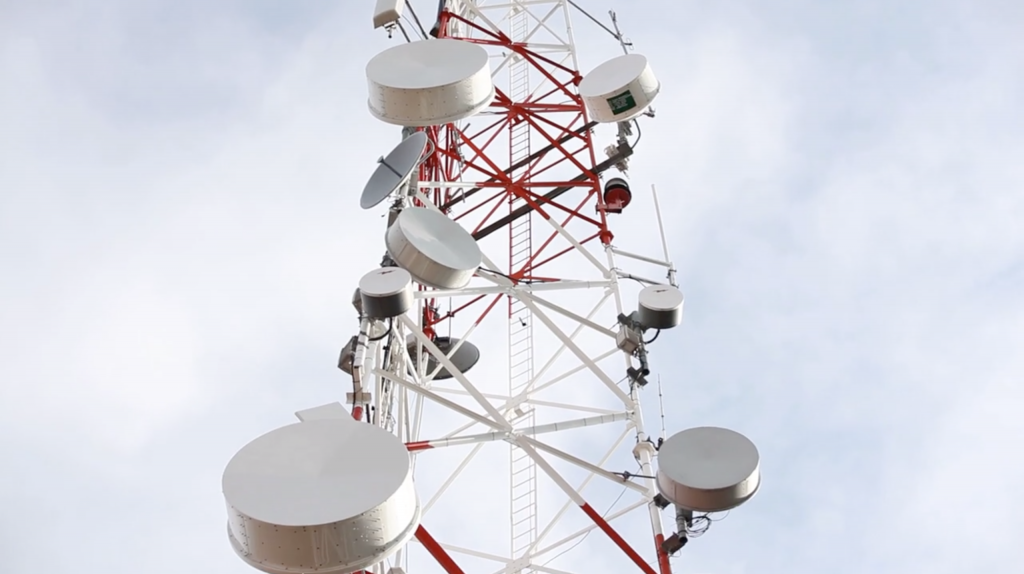
How far do they cover? What is the range?
These are some of the most commonly asked questions about two way radios. But the truth is, there is no definite answer when it comes to coverage and range.
Canada is a big and beautiful country; it has large cities with thousands of tall buildings, and open lands with forests and tundra. Obstacles such as tall buildings may obstruct the coverage of a radio and therefore interrupt it. So when it comes to the coverage of a two way radio, there is no exact measurement because different areas will have different obstacles.
Although we cannot predict exact coverage, the general rule for coverage is: the higher the wattage, the further the coverage. Radio with higher wattages are more powerful than those with a low wattage, and therefore are able to reach further.
We know that choosing the right radio for your needs can be a difficult task. That is why our customer service representatives are always ready to help you! If you have any questions about what radio suits your needs best, please send us an email and we will get back to you soon!
Below are a few examples of the various 1 watt, 4 watt, and 5 watt radios we carry, along with a brief description of the environments they are best suited for.
1 Watt Two Way Radios:
The CLP1013, CLP1043 and the CLP 1063 are all 1 watt two way radios. These options will work best in smaller areas such as dental offices, retail stores, and restaurants. If you are interested in using two way radios for a small space, these will get the job done.
4 Watt Two Way Radios:
The VX261, EVX261 and EVX-S24 (3 watts digital) are all 4 watt radios. They are more powerful and therefore have a larger range than 1 watt radios. These options are able to cover much larger areas, and can even be used in high-rise buildings for communication between levels. If you are looking for radios to use for events, large restaurants, landscaping, security, and more, these are the radios for you!
5 Watt Two Way Radios:
The MOTOTRBO XPR7350e and XPR7550e are both 5 watt radios that work best in large manufacturing facilities, factories, and plants.
Remember, if you need help choosing a two way radio, you can always send us an email and we will get back to you soon! We want to make sure you get the right two way radios for your needs.

